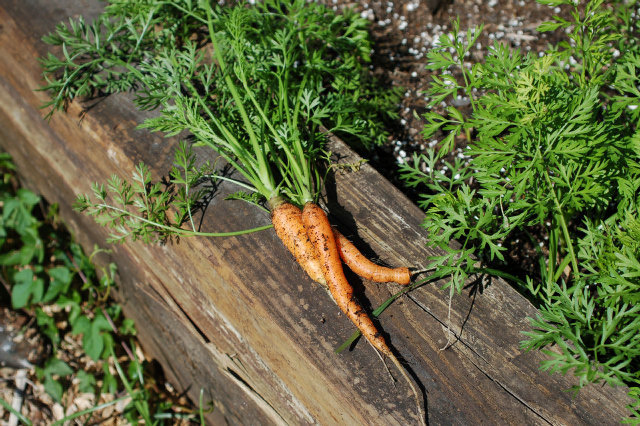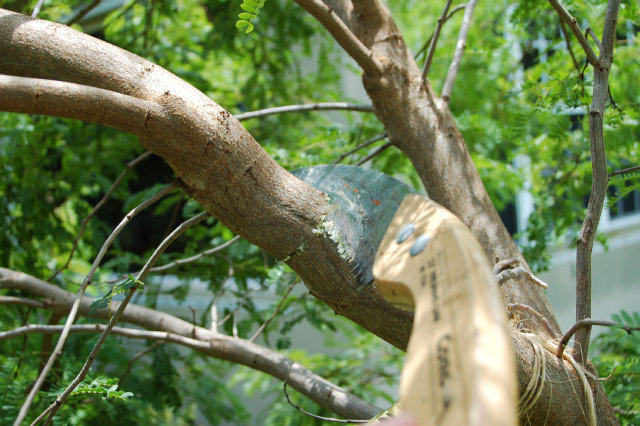What to do in the dry season

As published in the Miami Herald
Although most places across the country have four seasons complete with changing leaves, snow days and the first robins of spring, South Florida has only two real seasons — wet and dry.
You should have noticed a change recently, a little coolness in the air and very little humidity. That is the signal that we are leaving our wet months — usually late May to late October — and entering into our dry season. This coincides with the rest of the nation’s winter months. We won’t be seeing much rain from now until late May.
There are some things to look out for in the garden during dry season. Because there will be rain only when it’s attached to cool fronts that make their way down the state, plants may need help to stay hydrated. New plantings and plants that typically need extra water should be hand-watered or irrigated if they begin to wilt. If you plant a lot of natives and other plants that don’t need supplemental irrigation once they are established, water only if you see plants in need.

Don’t waste your time fertilizing in the dry months as the cooler temperatures will slow plants and they won’t be able to absorb nutrients in their semi-animated states. Fertilizing in October is recommended to tuck in your plants for the dry season; they won’t need another application of nutrients until April.
Pruning is another no-no for the dry months. When you make cuts, your plants often are forced to put out new growth. Colder temperatures can kill new buds and harm your plants. It’s better to wait until the warmer temperatures arrive in late February.
Some plants may need protection if our temperatures drop to the freezing point. You can protect tender plants by covering them with a sheet or blanket. Some cold protection is also achieved by thoroughly watering your plants the day before the cold front arrives. The wet soil will remain slightly warmer than the surrounding areas and will help keep your plants a little safer from a freeze.
If your plants are safe from the cold and properly watered, you can concentrate on the true gardening joy of the dry season — the vegetable garden. While the rest of the country shivers, our temperatures are just right for an edible garden.

Edible gardens are a great way to cut out processed foods from your diet. By planting lettuce, carrots and tomatoes, you can have all the ingredients for a salad that you can pick fresh. I assure you that no tomato ever tasted better than the one you grew yourself.
Edible gardens are also a great place for you to teach your children about where food comes from and how plants change from seeds to flowers to fruit. Kids are also much more likely to try new veggies if they grow them.
To start your own edible garden, you just need a raised bed with rich, well-draining soil and seeds that you can pick up from your local home improvement store. The garden needs to be in the full sun and you will have to water it regularly.
Take advantage of our dry season to enjoy your garden and all of the great outdoor pleasures that South Florida has to offer. It won’t be long until the rains (and the mosquitoes) return.
Jeff Wasielewski is an outreach specialist at Fairchild, an expert in South Florida horticulture and a professor of horticulture at Miami Dade College. He can be reached at jeffw@fairchildgarden.org.
